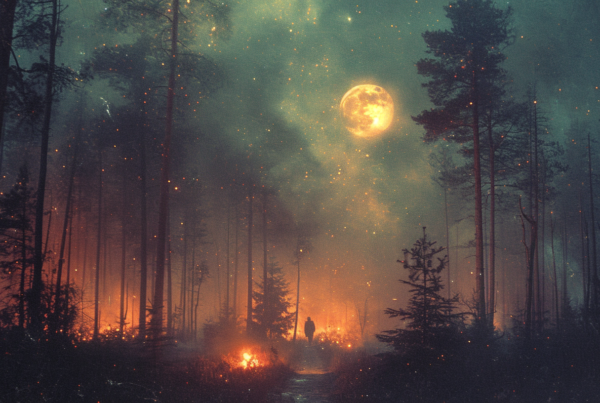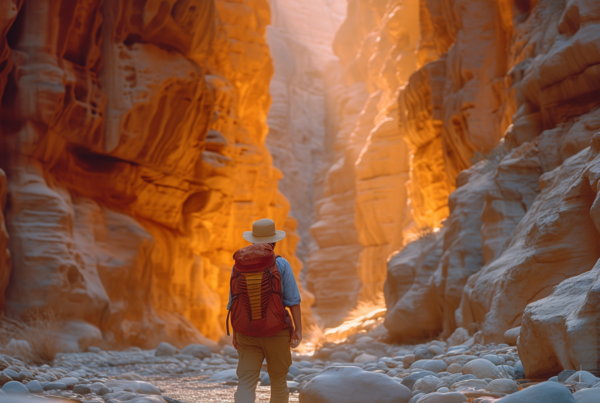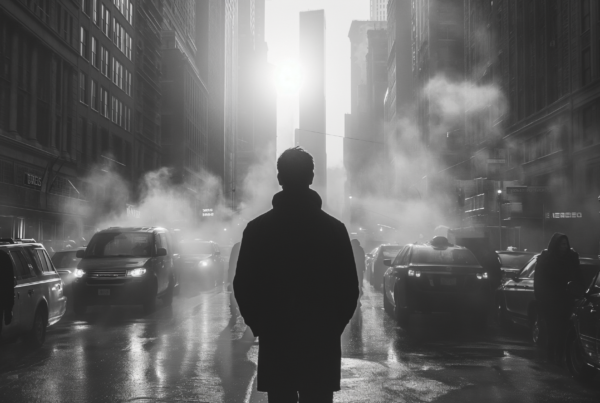T he magic of photography often lies in its ability to capture light in its myriad forms. From the warm glow of a sunrise to the soft, muted tones of twilight, lighting sets the mood and tells the story of a scene. Today, Artificial Intelligence (AI) is stepping into the realm of light, promising to emulate and even recreate the diverse lighting conditions that once were the sole dominion of natural phenomena and professional lighting setups. As we journey from daylight to twilight, let’s explore how AI can be used to create images under different lighting conditions and how various films respond to these ever-changing scenarios.
Emulating Natural Light
Sunny
Sunny lighting conditions are often characterized by bright, harsh light with strong shadows. AI can emulate this lighting by adjusting the contrast and brightness of an image, creating sharp, defined shadows reminiscent of a sunny day. Films like Fujichrome Velvia 50 and Kodak Ektar 100, known for their color vibrancy and contrast, can be paired with AI to produce stunning, sunny day imagery.
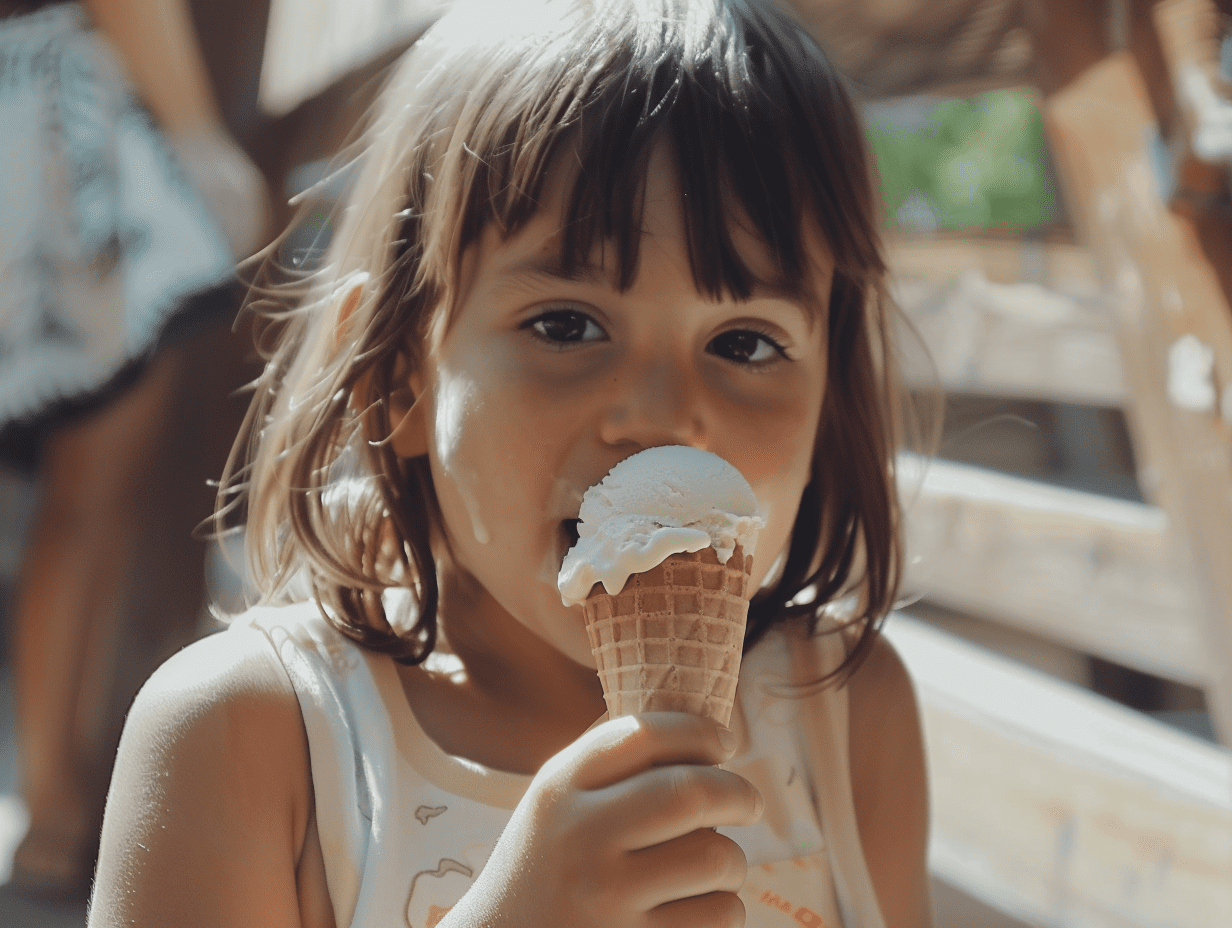
Cloudy and Overcast
Cloudy conditions provide soft, diffused light, which is often preferred for portrait photography. Through AI, this gentle lighting can be recreated by reducing image contrast and softening shadows. Films like Kodak Portra 400 and Fujifilm Pro 400H, known for their soft tones and excellent skin tone reproduction, can be emulated to accentuate the calming effect of cloudy skies.
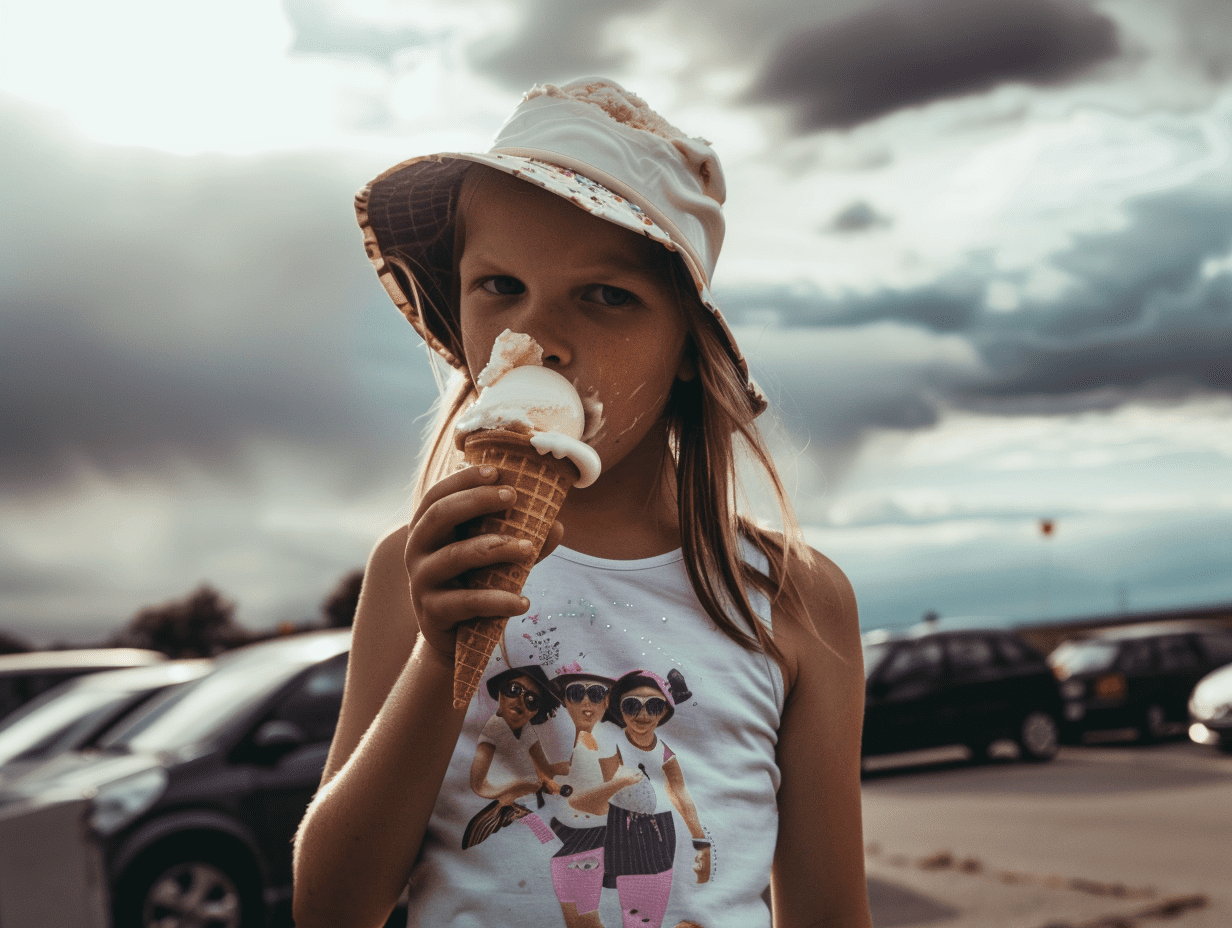
Rainy and Foggy
Rainy and foggy conditions create a moody, atmospheric lighting. AI can replicate this by adding a grey overlay and reducing color saturation. Films like Ilford XP2 400 and Fujifilm Neopan Acros 100, with their monochrome aesthetic, can be paired with AI to further enhance the melancholy mood of a rainy day.
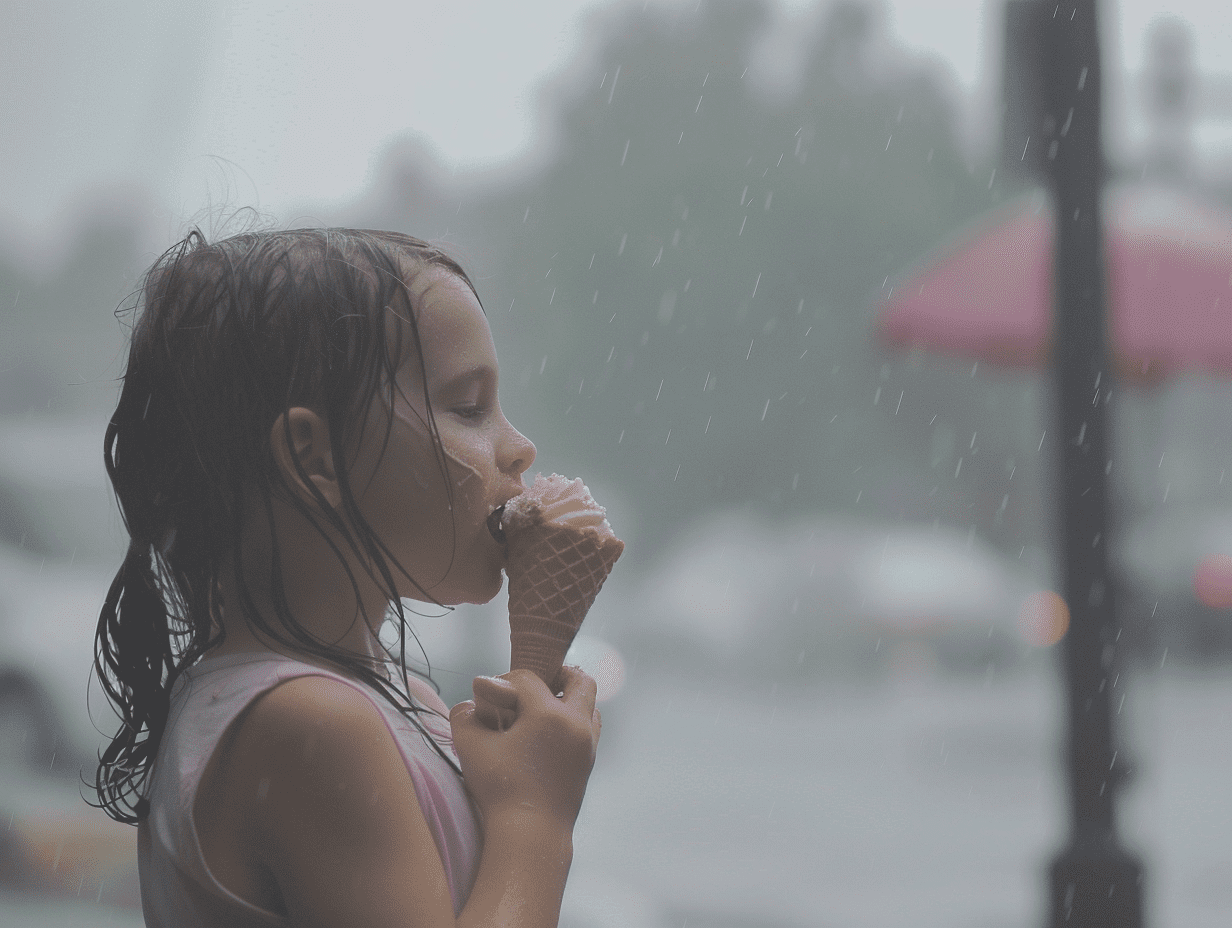
Transitioning to Twilight
Golden Hour
The golden hour, with its warm, soft light, is a favorite among photographers. AI can emulate this magical time by applying a warm color tone and reducing image contrast. Films like Fujifilm Superia 400 and Kodak Gold 200, known for their warm tones, can be emulated to capture the essence of golden hour.
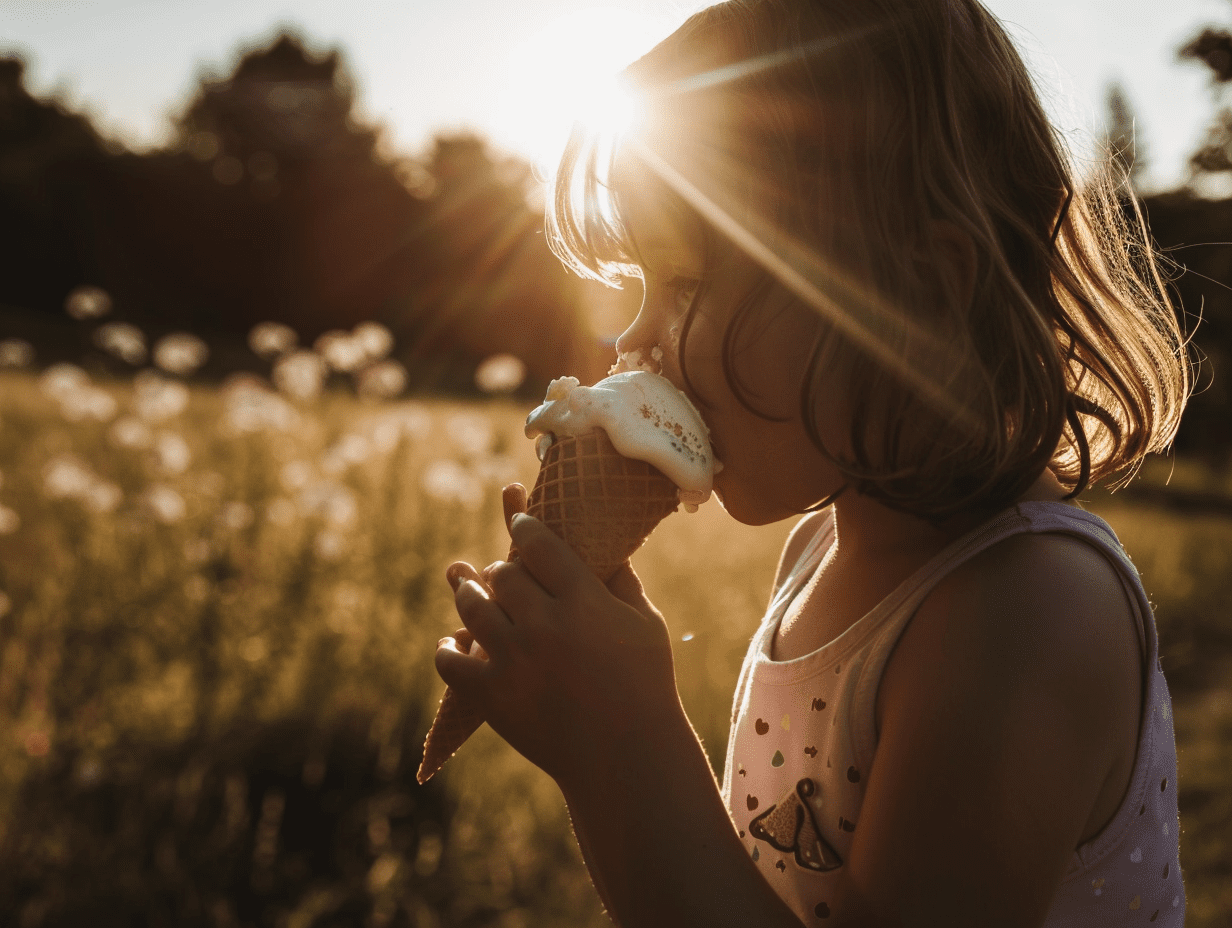
Sunset to Twilight
As the sun sets, the colors transition from warm to cool. AI can recreate this transition by gradually shifting the color temperature and adjusting the shadows and highlights. Films like Kodak Ektachrome E100, known for its vibrant color reproduction, can be used to capture the changing hues of the evening sky.
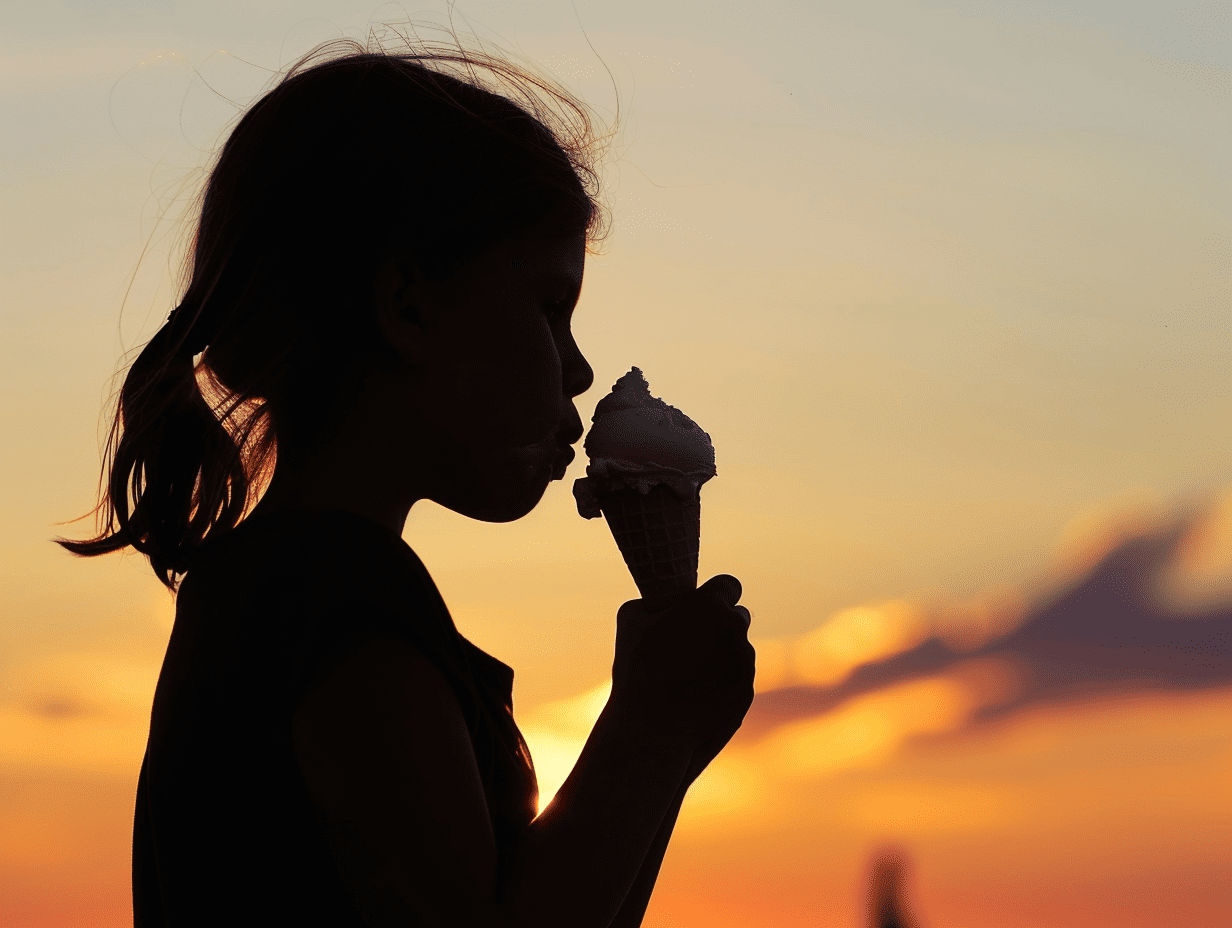
Night
Night photography is a challenge due to limited light. However, AI can enhance low-light performance by reducing noise and boosting shadows. Films like Cinestill 800T and Lomography Color Negative 800, known for their low-light capabilities, can be paired with AI to explore the quiet allure of the night.

Directional Lighting and Color
Front, Back, and Side Lighting
Directional lighting plays a crucial role in creating depth and drama. AI can simulate directional lighting by adjusting the angle and intensity of light, creating shadows and highlights accordingly. Assigning colors to directional lights can further enhance the visual appeal, as seen in the use of red and blue side lighting.
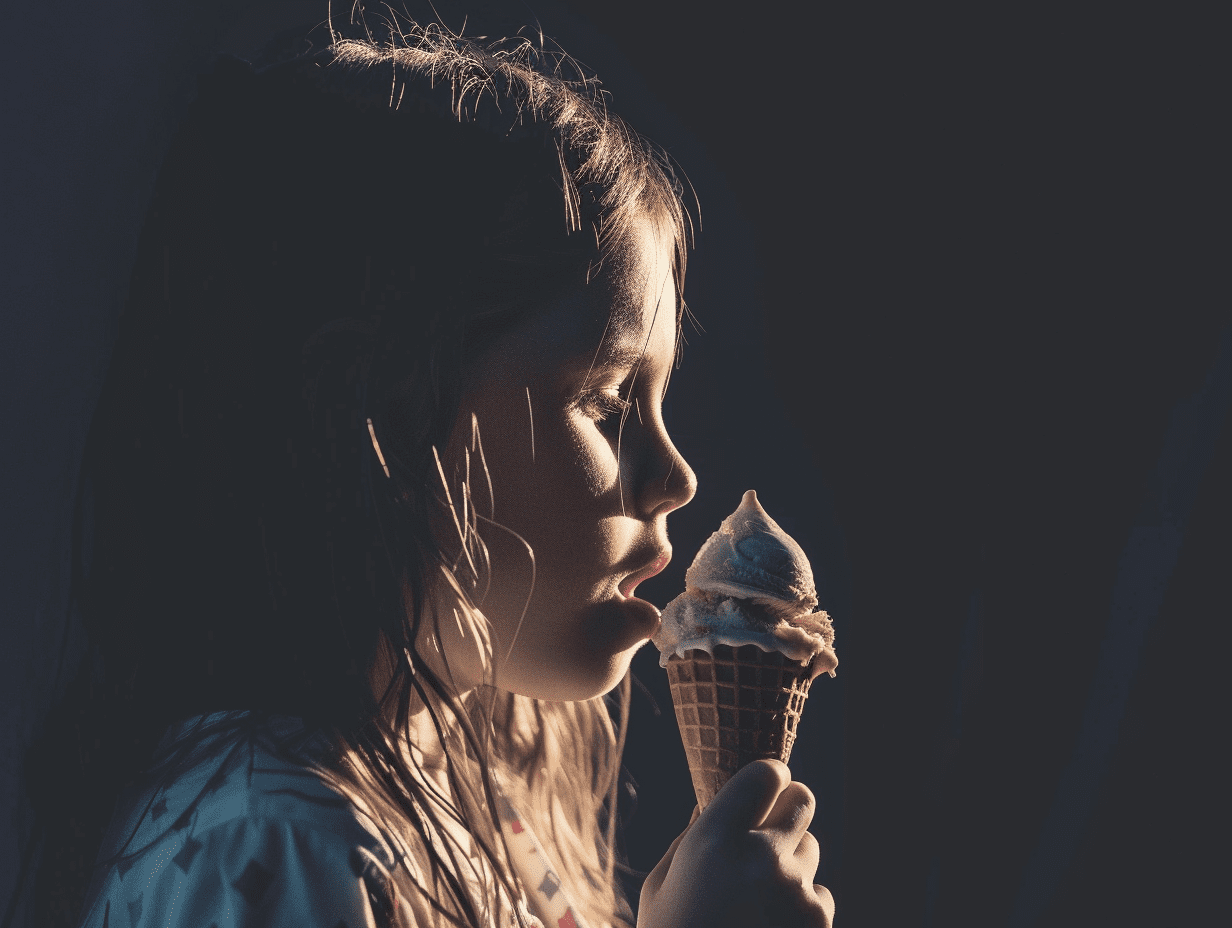
A s AI continues to evolve, the potential to recreate a vast array of lighting conditions and emulate the unique aesthetics of different films becomes increasingly attainable. This fusion of technology and artistry not only opens up new avenues for creative expression but also pays homage to the timeless art of photography and the unique storytelling power of light.


